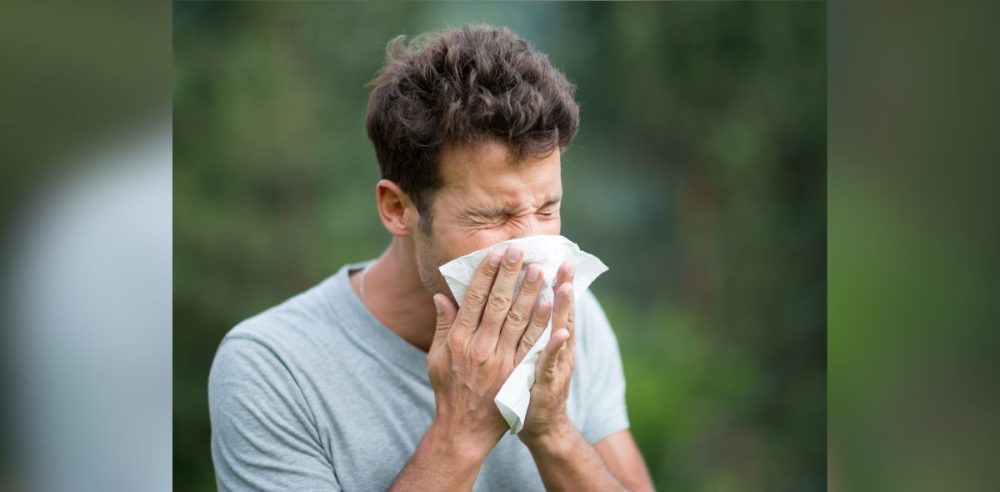Cedar fever season is in full swing in Texas, thanks to millions of acres of Ashe juniper trees, also known as mountain cedar, that have gotten a jump start on pollen production this year.
The trees’ pollen cones typically open about mid-December, allowing the pollen to travel on gusty breezes for hundreds of miles, triggering allergic reactions for many unwary Texans who come into contact with it. Since the hardy trees are found throughout the Lone Star State, from the Rio Grande to the Red River, it is difficult to escape contact with the pollen.
The pollen cones opened a few weeks early this year, so allergy sufferers may have already begun experiencing its effects.
Cedar fever symptoms include fatigue, a sore throat, runny nose, itchy eyes, a partial loss of smell, and a slight rise in body temperature, as the San Antonio Express reported. The symptoms are similar to the common cold, so people may not immediately realize they are experiencing an allergic reaction.
“What’s unique about cedar fever is it actually feels like you do have a fever and wipes people out,” Dr. Ronald Cox told Fox 4 KDFW. “This one actually makes you feel bad.”
Unlike viruses that wane over several days, “allergies will usually start to worsen as a season progresses and [illness] peaks two to four weeks after it starts,” Dr. Robert Butler, an ENT specialist in Austin, told the San Antonio Express-News. Cedar fever season in Texas typically runs through February.
In the meantime, cedar fever allergy sufferers can take several steps to alleviate their discomfort. Allergy specialists usually recommend using antihistamines and nasal steroids to manage the symptoms, using saline rinses to cleanse the sinuses, using air filters and purifiers in homes and vehicles to reduce pollen levels, keeping windows closed, and limiting exposure to the outdoors when possible.


